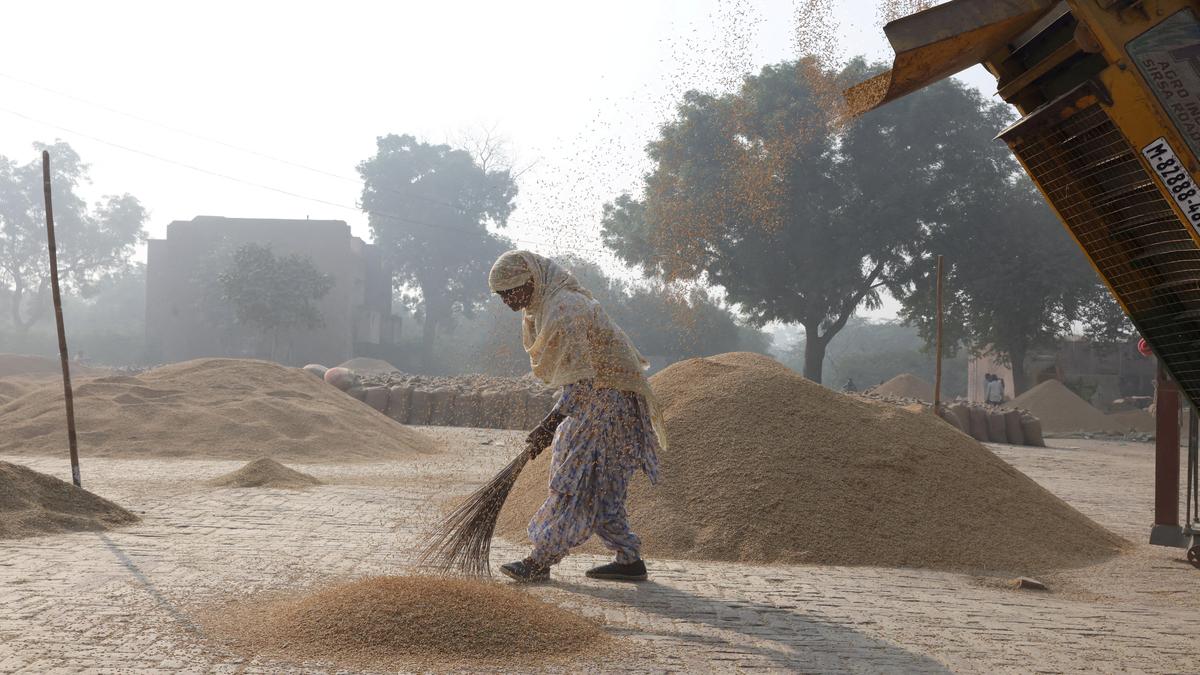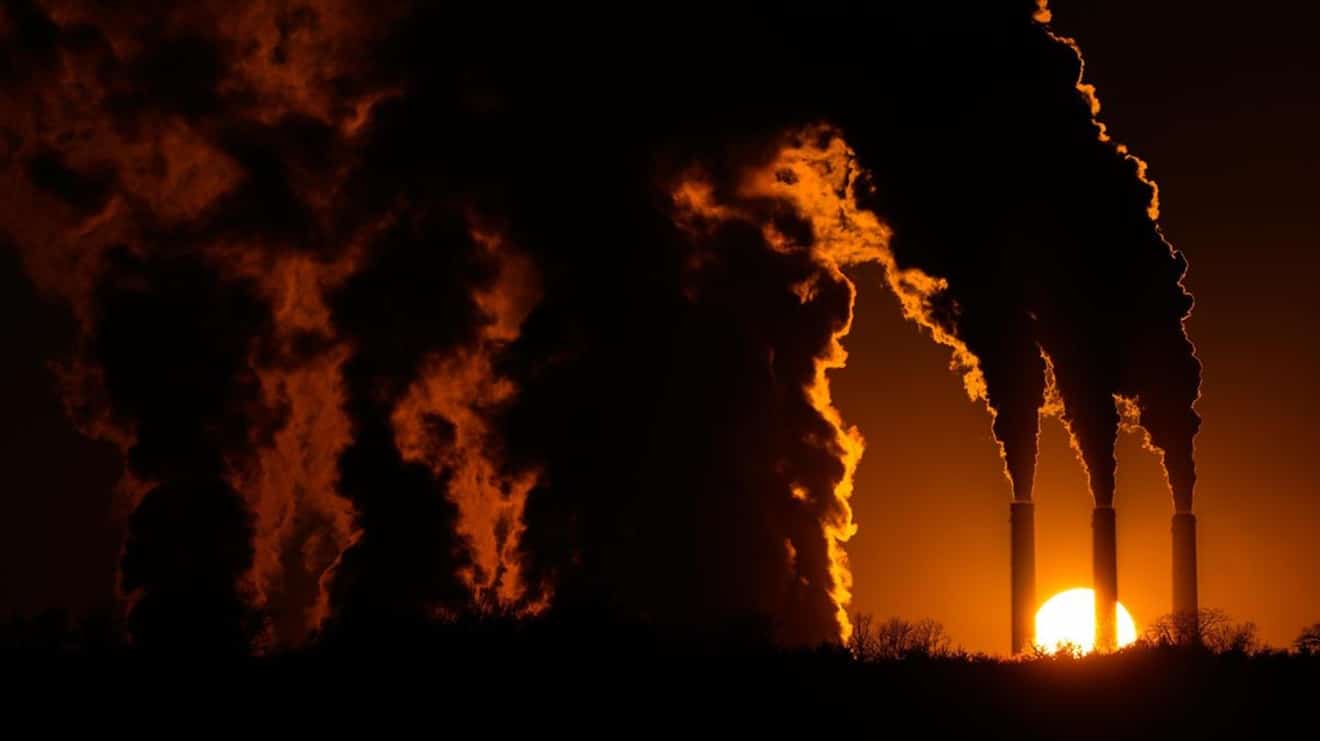What’s in today’s article?
- What is La Niña?
- How La Niña Affects Global Climate?
- La Niña and India’s Climate
- Why Is La Niña Delayed in 2024?
- Meteorological Indices to Identify La Niña
- Climate Change and ENSO Events
- Significance of La Niña for India
- Conclusion
What is La Niña?
- La Niña is a phase of the El Niño-Southern Oscillation (ENSO) that occurs when sea surface temperatures in the eastern and central Pacific Ocean become cooler than usual.
- It is the opposite of El Niño, which brings warming in the same region. Both phases significantly influence global weather patterns.
How La Niña Affects Global Climate?
- India: Promotes normal to above-normal monsoon rainfall, leading to better agricultural yields.
- Africa: Causes drought-like conditions in certain regions.
- Atlantic Ocean: Intensifies hurricanes.
- United States: Southern states receive increased rainfall during La Niña.
La Niña and India’s Climate
- Winter Effects:
- Colder Winters: La Niña winters tend to bring colder nights in northern India but with slightly higher daytime temperatures.
- Wind Speed and Pollution:
- Higher Wind Speeds help disperse air pollution, improving air quality.
- Lower Planetary Boundary Layer Height (PBLH) may trap pollutants closer to the ground, worsening pollution.
- Current Scenario: In 2024, La Niña has not yet emerged as expected, with a 57% probability of it developing later in the year.
- Monsoons and Summers:
- Enhanced Monsoons: La Niña years (like 2020-2022) have resulted in normal to above-normal rainfall.
- Relief from Heat: La Niña reduces summer intensity, offering relief from heatwaves seen during El Niño years.
- El Niño Impact: El Niño summers are hotter and often disrupt the monsoons, leading to droughts. For example, 2023, an El Niño year, saw below-normal rainfall.
Why Is La Niña Delayed in 2024?
- La Niña usually forms during the pre-monsoon or monsoon season.
- However, in 2024, it has been unusually delayed, with Oceanic Niño Index (ONI) hovering at -0.3°C (threshold for La Niña is -0.5°C or lower).
- If La Niña forms, it would bring the following:
- Cooler winters in northern India.
- Stronger monsoons in summer 2025.
Meteorological Indices to Identify La Niña
- La Niña is declared based on specific indices such as:
- Oceanic Niño Index (ONI): Measures average sea surface temperature anomalies
- Persistence Rule: Values must consistently stay at or below the threshold (-0.5°C for La Niña) for five consecutive readings.
Climate Change and ENSO Events
- Climate change is likely to increase the frequency and intensity of both La Niña and El Niño events due to rising ocean and atmospheric temperatures.
- Extreme La Niña events could amplify impacts like harsh winters and intense rainfall in India.
Significance of La Niña for India
- Agriculture: Boosts crop production due to strong monsoons, aiding farmers.
- Water Resources: Improves reservoir levels, reducing water stress.
- Energy: More rainfall ensures better hydropower generation.
- Relief from Heat: Less severe heatwaves compared to El Niño years.
Conclusion
- The delayed emergence of La Niña in 2024 has brought uncertainties regarding its impact on winter and monsoons.
- If La Niña sets in early 2025, it could ensure a strong monsoon season, crucial for India’s agriculture and water resources.
- Monitoring ENSO patterns is vital to understanding and preparing for its climatic effects.
Q1. How do we measure the temperature of sea water?
The temperature of seawater is measured using instruments called thermistors. The temperature of seawater can be measured to great accuracy with carefully calibrated modern thermistors – down to variations of 0.0001° C.
Q2. What are ocean currents in short answer?
Ocean currents are the continuous, predictable, directional movement of seawater driven by gravity, wind (Coriolis Effect), and water density. Ocean water moves in two directions: horizontally and vertically. Horizontal movements are referred to as currents, while vertical changes are called upwellings or downwellings.
News: How does La Niña affect India’s climate? | Explained
Last updated on January, 2026
→ Check out the latest UPSC Syllabus 2026 here.
→ Join Vajiram & Ravi’s Interview Guidance Programme for expert help to crack your final UPSC stage.
→ UPSC Mains Result 2025 is now out.
→ UPSC Notification 2026 is scheduled to be released on January 14, 2026.
→ UPSC Calendar 2026 has been released.
→ UPSC Prelims 2026 will be conducted on 24th May, 2026 & UPSC Mains 2026 will be conducted on 21st August 2026.
→ The UPSC Selection Process is of 3 stages-Prelims, Mains and Interview.
→ Prepare effectively with Vajiram & Ravi’s UPSC Prelims Test Series 2026 featuring full-length mock tests, detailed solutions, and performance analysis.
→ Enroll in Vajiram & Ravi’s UPSC Mains Test Series 2026 for structured answer writing practice, expert evaluation, and exam-oriented feedback.
→ Join Vajiram & Ravi’s Best UPSC Mentorship Program for personalized guidance, strategy planning, and one-to-one support from experienced mentors.
→ UPSC Result 2024 is released with latest UPSC Marksheet 2024. Check Now!
→ UPSC Toppers List 2024 is released now. Shakti Dubey is UPSC AIR 1 2024 Topper.
→ Also check Best UPSC Coaching in India

















